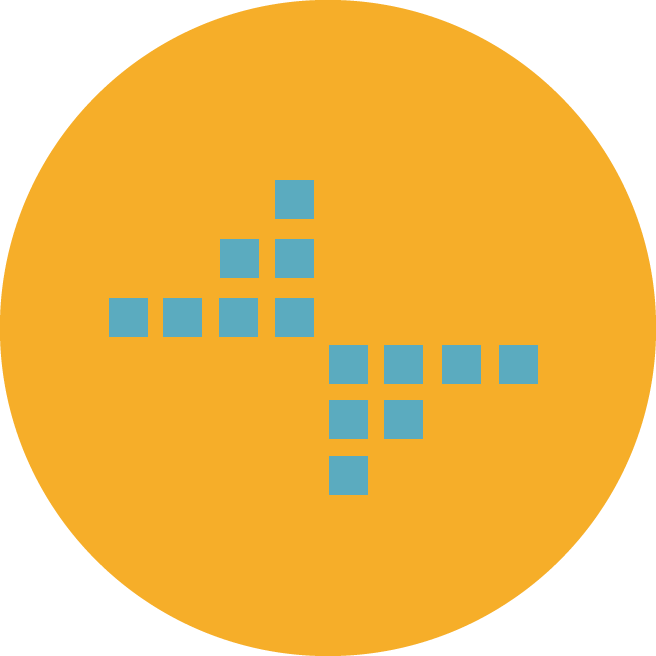
DNA Sequencing Market Outlook (2024-2035): Trends, Growth Drivers, and Future Prospects
Global DNA Sequencing Market is valued at USD 4.69 Billion in 2022 and is projected to reach a value of USD 16.81 Billion by 2030 at a CAGR (Compound Annual Growth Rate) of 17.30% over the forecast period. DNA sequencing is a critical technology in genomics, enabling the precise determination of the order of nucleotides in a DNA molecule. Over the years, advancements in sequencing techniques have significantly reduced costs and enhanced speed and accuracy, driving widespread adoption in various applications, including clinical diagnostics, pharmaceutical research, and agriculture.
Our comprehensive DNA Sequencing Market report ready with the latest trends, growth opportunities, and strategic analysis- View Sample Report PDF
 The primary types of DNA sequencing include:
The primary types of DNA sequencing include:
- Sanger Sequencing – A first-generation method known for high accuracy but relatively slow throughput.
- Next-Generation Sequencing (NGS) – A high-throughput technology that has revolutionized genetic analysis with its scalability and cost-effectiveness.
- Third-Generation Sequencing (TGS) – Single-molecule sequencing platforms, such as PacBio and Oxford Nanopore, offering long-read capabilities for complex genome analysis.
The DNA sequencing market is being driven by the rising demand for personalized medicine, increasing applications in disease diagnostics, and advancements in bioinformatics.
Key Market Trends
Growth in Personalized Medicine and Genomic Medicine
The increasing focus on individualized treatment plans, based on genetic profiling, is fueling demand for DNA sequencing. The integration of sequencing data with electronic health records (EHRs) is enhancing precision medicine initiatives.
Advancements in AI and Bioinformatics
AI-driven tools and machine learning algorithms are improving sequence analysis, mutation detection, and variant interpretation. The integration of cloud-based platforms is making genomic data analysis more accessible.
Expansion of Direct-to-Consumer (DTC) Genetic Testing
Companies like 23andMe and AncestryDNA have made genetic testing more accessible to consumers, driving public awareness and demand for sequencing services.
Cost Reduction and Increased Efficiency
The cost of sequencing per genome has plummeted, with companies striving to achieve the $100 genome. The affordability factor is expanding market penetration across research and clinical settings.
Growing Applications in Agriculture and Forensics
DNA sequencing is being extensively applied in agrigenomics for crop improvement and livestock breeding, while forensic science uses it for criminal investigations and ancestry tracing.
Competitive Landscape
Leading players in the DNA sequencing Market include:
- Agilent Technologies
- Illumina Inc.
- QIAGEN
- Perkin Elmer
- Thermo Fisher Scientific
- Hoffmann-La Roche Ltd.
- Macrogen Inc.
- Bio-Rad Laboratories Inc.
- Oxford Nanopore Technologies Ltd.
- Myriad Genetics
Product or Service Analysis
The DNA sequencing market comprises various product and service categories:
- Sequencing Instruments – High-throughput and benchtop sequencers catering to research and clinical needs.
- Reagents and Consumables – Critical for library preparation, amplification, and sequencing reactions.
- Software and Bioinformatics Tools – AI-driven platforms for data analysis, annotation, and interpretation.
- Services – Clinical sequencing, whole genome sequencing, and customized sequencing solutions for specific applications.
Market Segmentation
By Product
- Instruments
- Consumables
- Services
By Technology
- Semiconductor Sequencing
- Sequencing by Ligation
- Pyrosequencing
By Application
- Diagnostics
- Biomarkers & Cancer
- Reproductive Health
- Personalized Medicine
- Forensics
By End-Use
- Clinical Research
- Academic Research
- Biotechnology & Pharmaceutical Companies
- Hospitals & Clinics
- Other End-Uses
By Region
- North America
- Europe
- Asia Pacific
- Latin America
- Middle East & Africa
Take Action Now: Secure your DNA Sequencing industry today – Purchase Now
Pricing Trends
The pricing dynamics of DNA sequencing are influenced by technological advancements, economies of scale, and competition among providers.
- Historical trends indicate a significant drop in sequencing costs over the past decade.
- Current pricing varies depending on sequencing depth and platform, with NGS-based whole genome sequencing averaging around $300–$600.
- Future projections suggest further reductions as newer, more efficient technologies emerge.
Innovations and Developments
The DNA sequencing industry is witnessing breakthrough innovations:
- Portable and real-time sequencing – Handheld devices by Oxford Nanopore are revolutionizing on-the-go sequencing applications.
- CRISPR-based sequencing – Enhancing target specificity and expanding genetic modification applications.
- Epigenetic sequencing – Enabling analysis beyond DNA sequences, such as DNA methylation patterns.
Sustainability and Environmental Impact
Sustainability efforts in DNA sequencing focus on:
- Reducing chemical waste – Innovations in reagent formulation to minimize hazardous byproducts.
- Eco-friendly packaging – Companies adopting recyclable and biodegradable packaging materials.
- Energy-efficient sequencers – Development of low-power-consuming sequencing platforms.
Case Studies and Data
Case Study: Impact of DNA Sequencing in Cancer Research
A study by leading oncology researchers revealed that whole genome sequencing has improved early cancer detection and treatment strategies, leading to higher survival rates in patients.
Case Study: Precision Agriculture through Genomic Sequencing
Agricultural companies using sequencing technologies have successfully engineered drought-resistant crops, improving global food security.
For DNA Sequencing Report and updates detailed: View Full Report Now!
Conclusion and Future Outlook
The DNA sequencing market is poised for rapid growth from 2024 to 2035, driven by technological advancements, increasing applications in healthcare and agriculture, and ongoing cost reductions. The expansion of personalized medicine and AI-driven bioinformatics will further shape the industry.
Looking ahead, continued innovation in sequencing platforms, growing adoption of genomic data in clinical settings, and integration with AI and cloud computing will unlock new opportunities. Market players must focus on affordability, accuracy, and sustainability to remain competitive in this evolving landscape.
Browse More Reports from Vantage Library:
- Magnetic Beads based DNA Purification Kits Market Global Industry Assessment & Forecast: https://www.vantagemarketresearch.com/industry-report/magnetic-beads-based-dna-purification-kits-market-3822
- Recombinant DNA Technology Market Global Industry Assessment & Forecast: https://www.vantagemarketresearch.com/industry-report/recombinant-dna-technology-market-1829
- Clinical Oncology Next Generation Sequencing Market Global Industry Assessment & Forecast: https://www.vantagemarketresearch.com/industry-report/clinical-oncology-next-generation-sequencing-market-2920
- Deoxyribonucleic Acid (DNA) Vaccines Market Global Industry Assessment & Forecast: https://www.vantagemarketresearch.com/industry-report/deoxyribonucleic-acid-dna-vaccines-market-1264
- Next-Generation Sequencing Market Global Industry Assessment & Forecast: https://www.vantagemarketresearch.com/industry-report/nextgeneration-sequencing-market-3677

Editor Details
-
Company:
- Market Reports
-
Name:
- pirya p
- Email:
-
Telephone:
- +12129511369
- Website:
Related Links
- Website: DNA Sequencing Market
